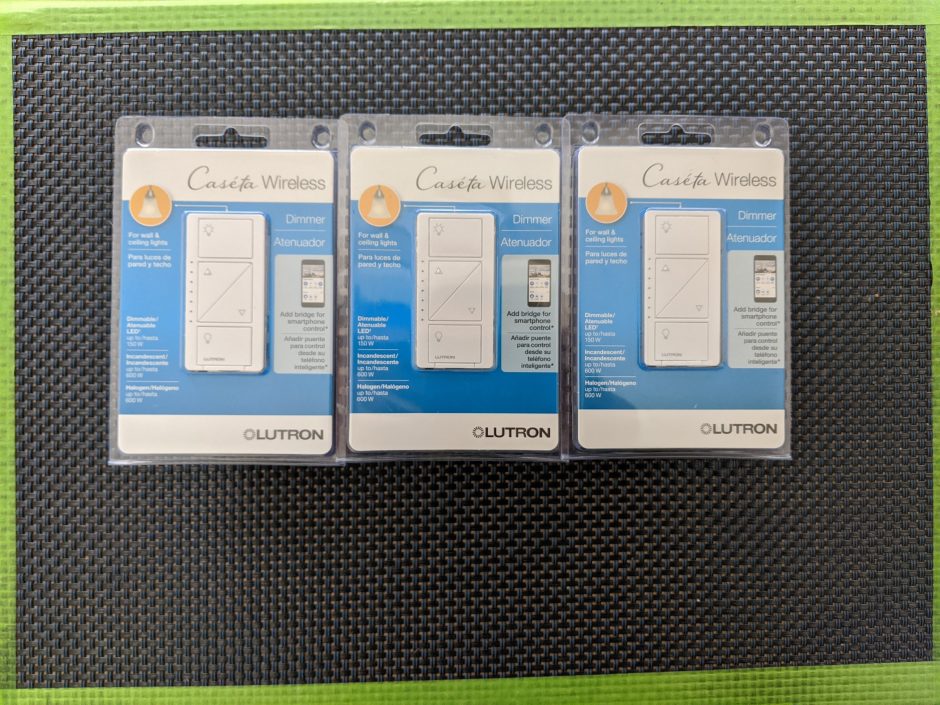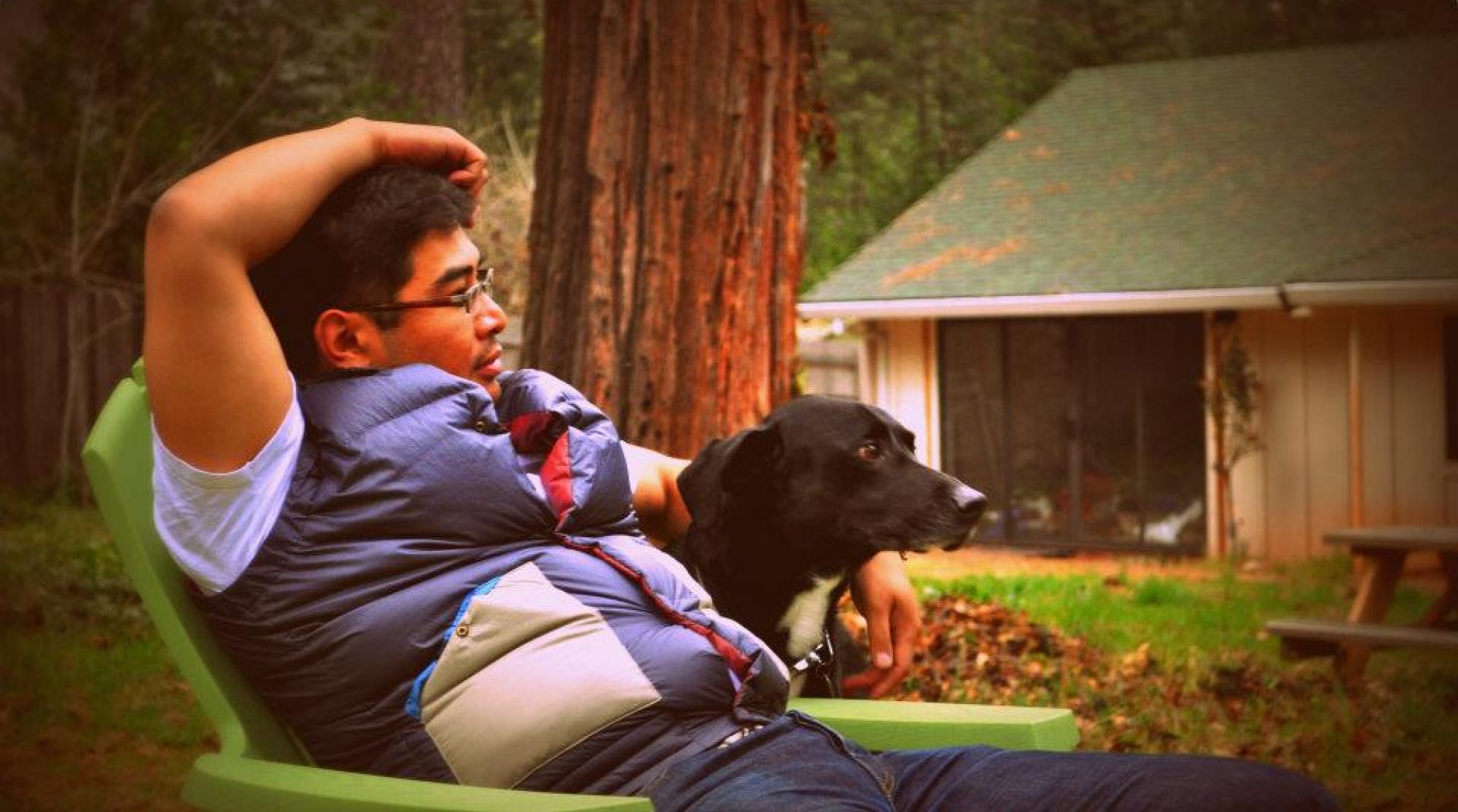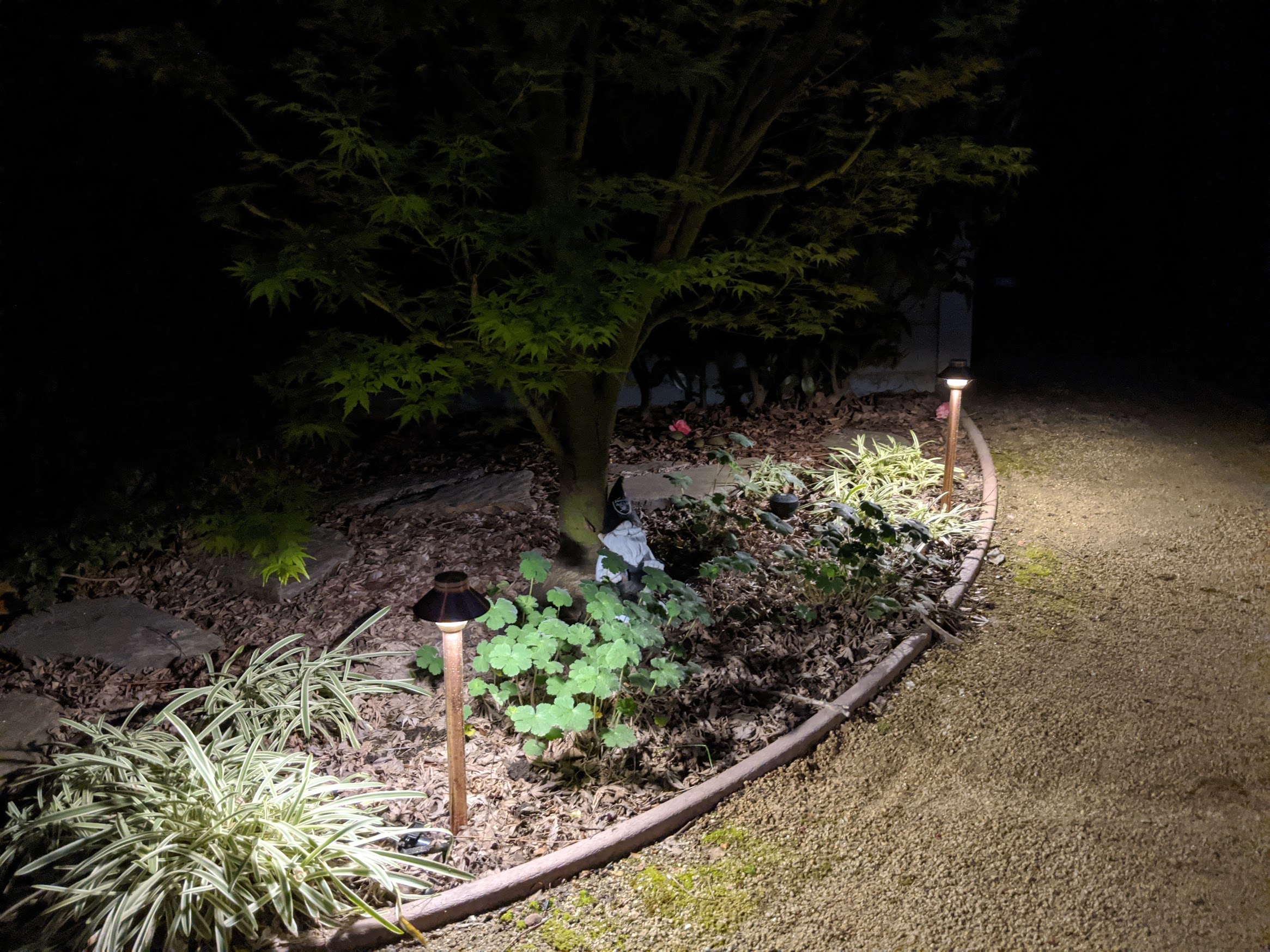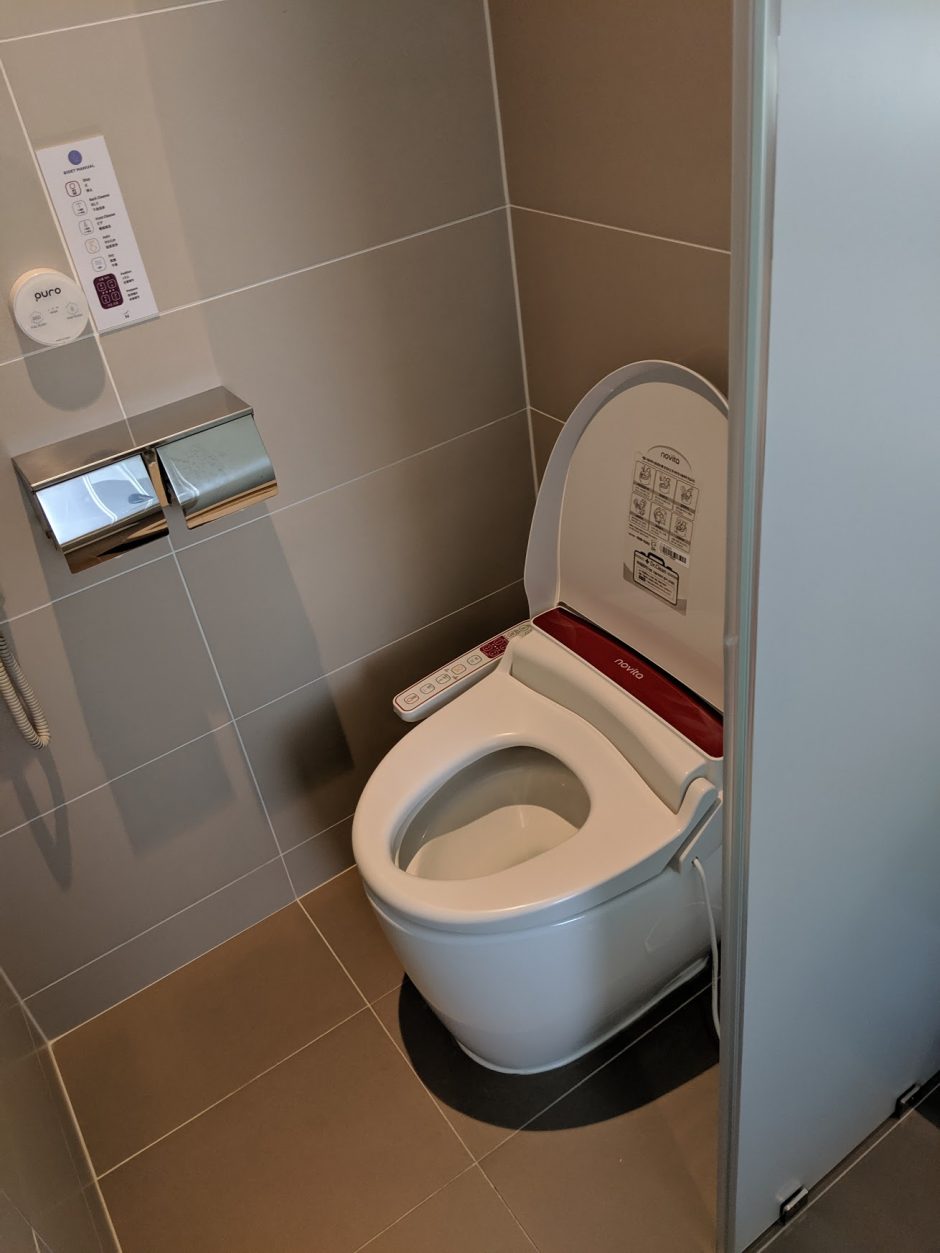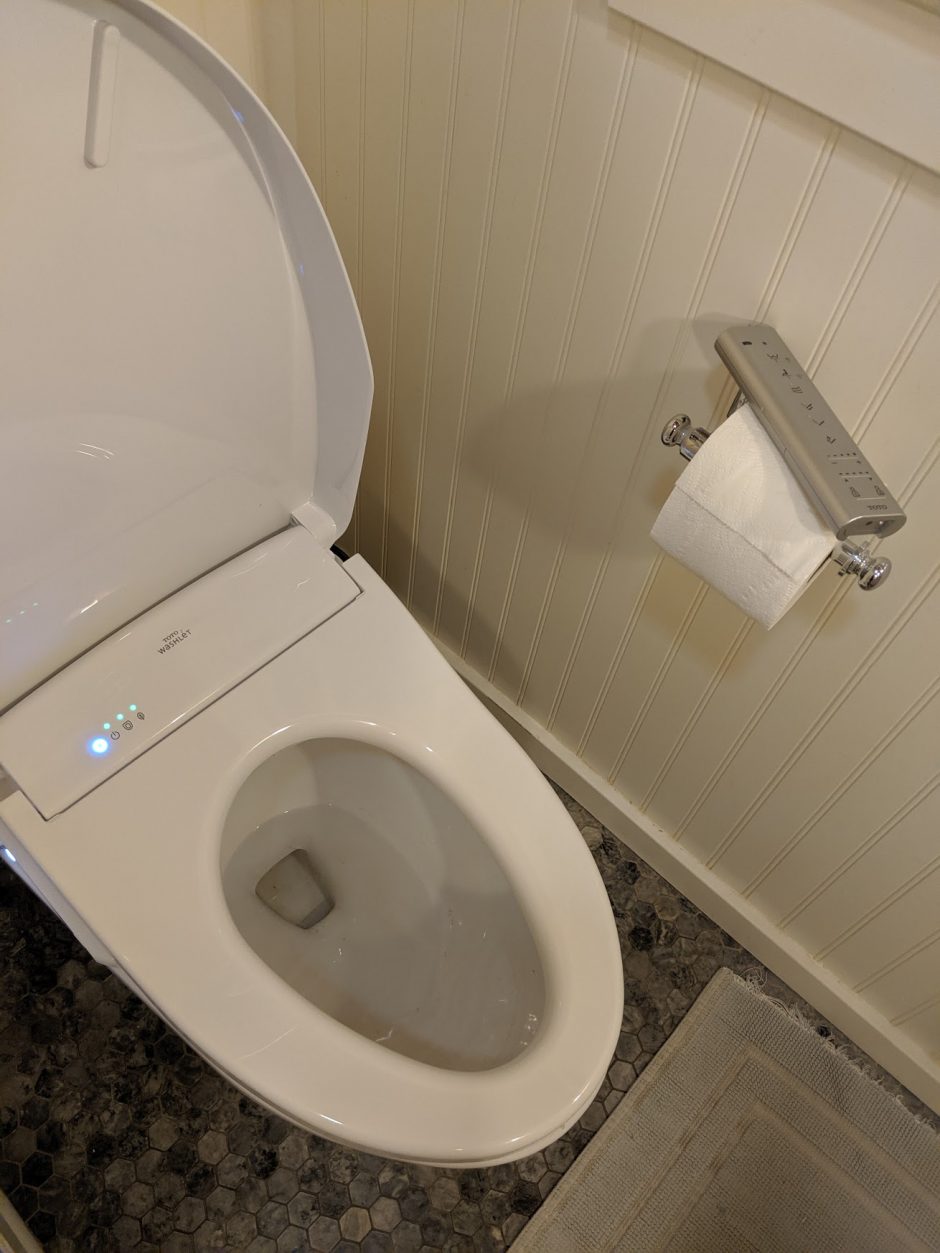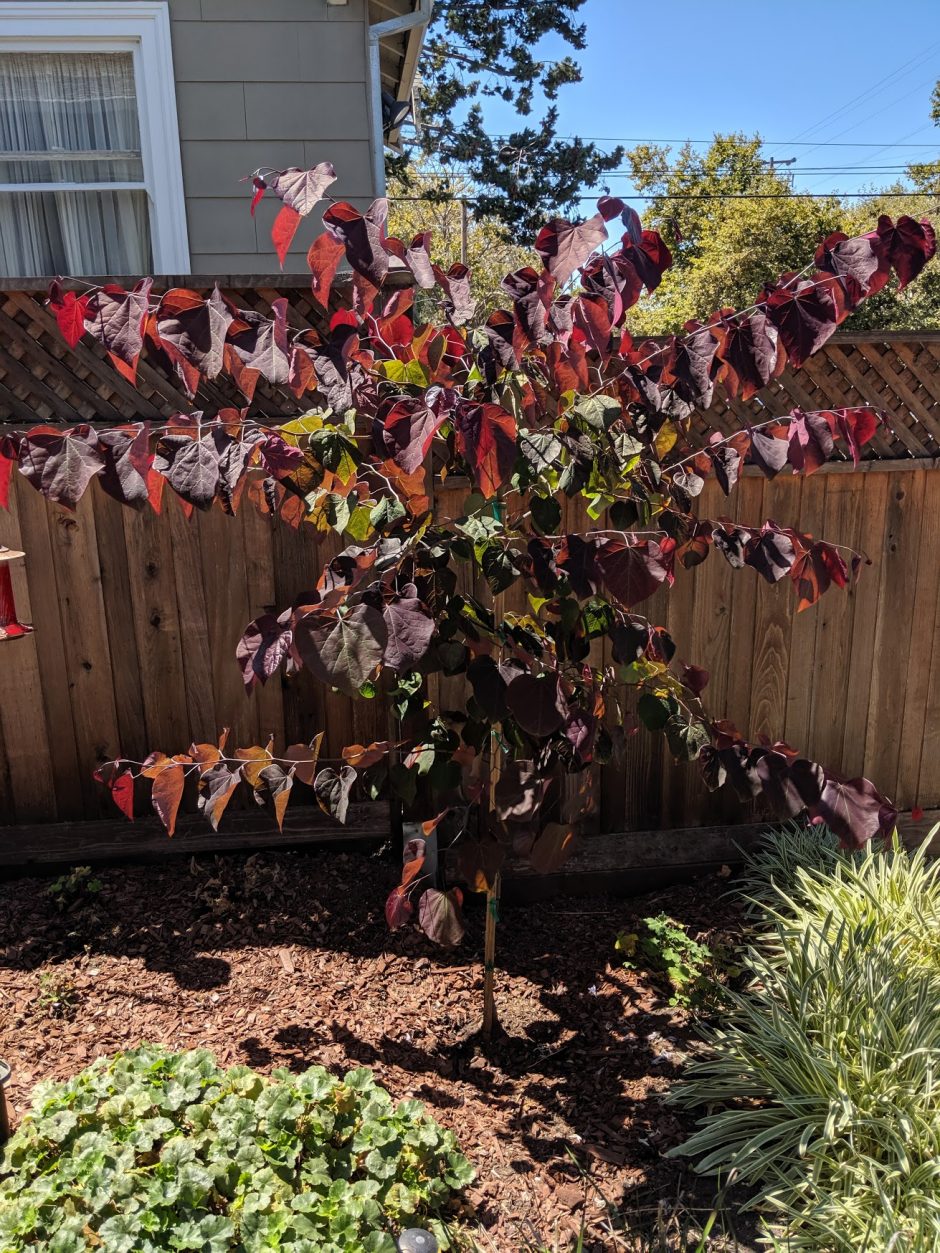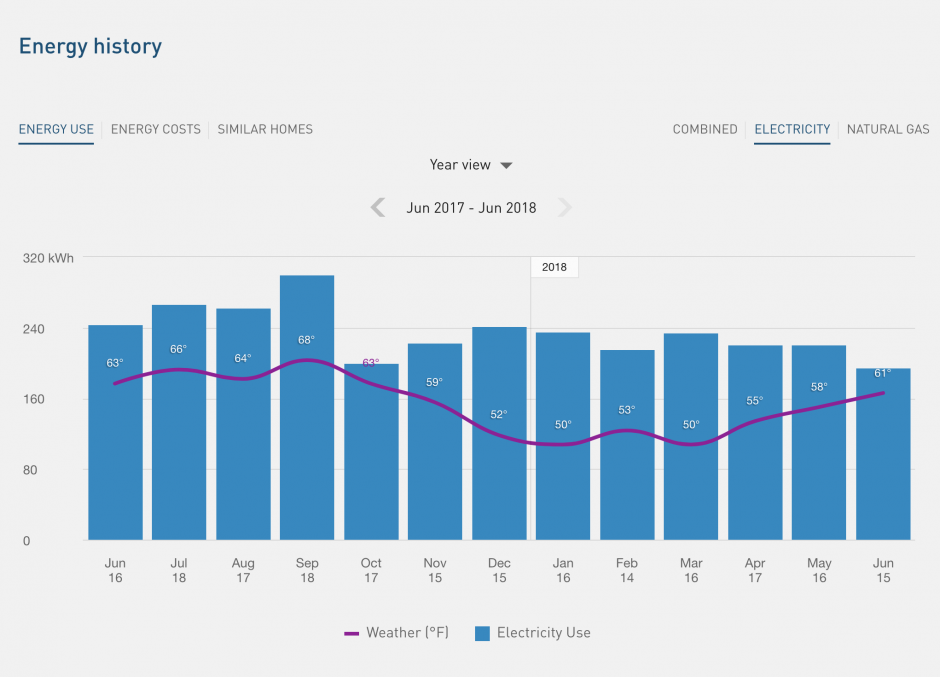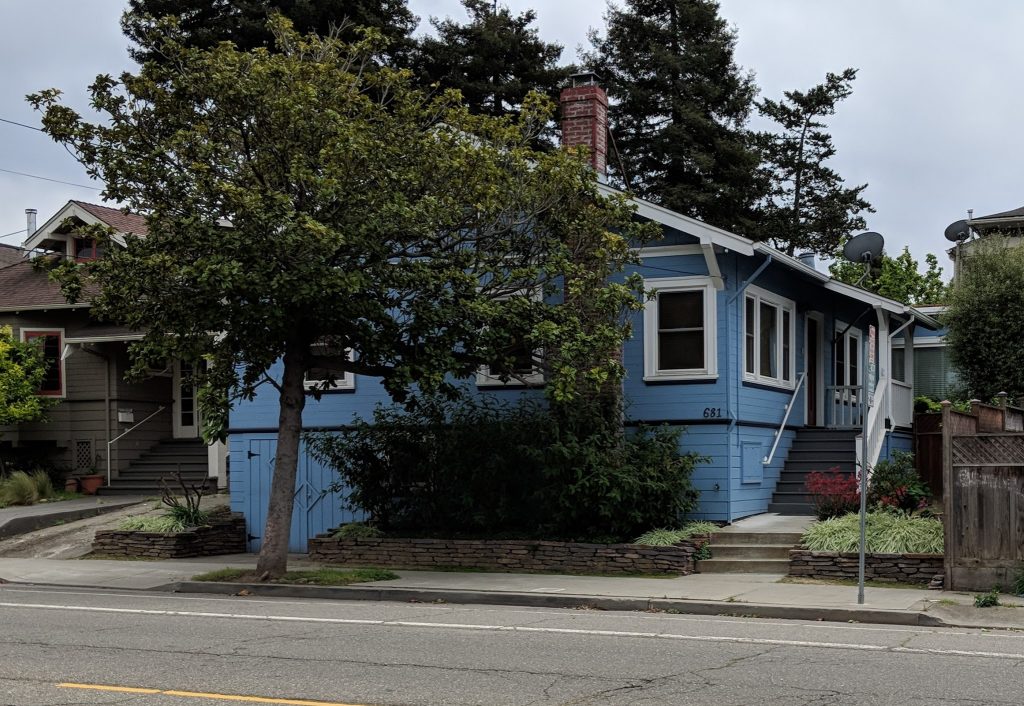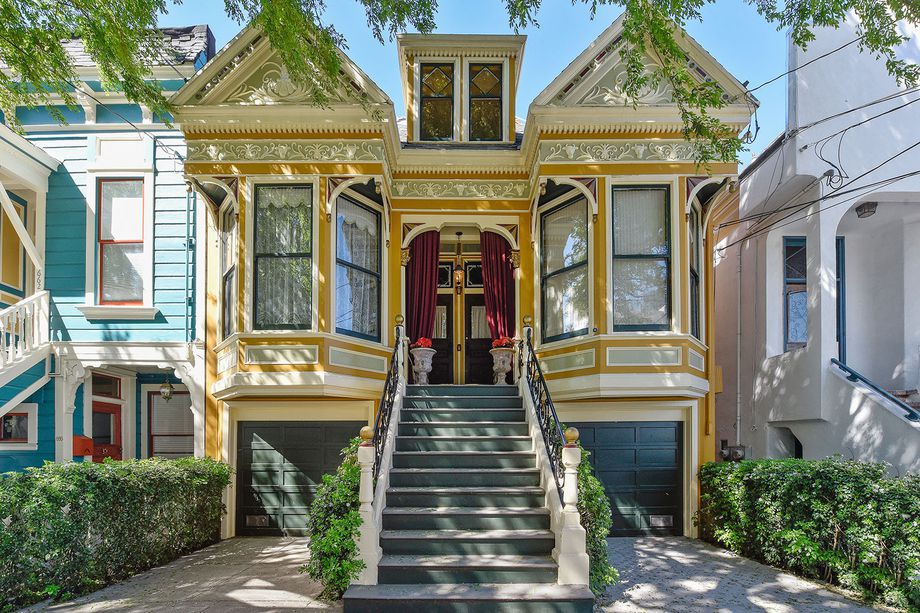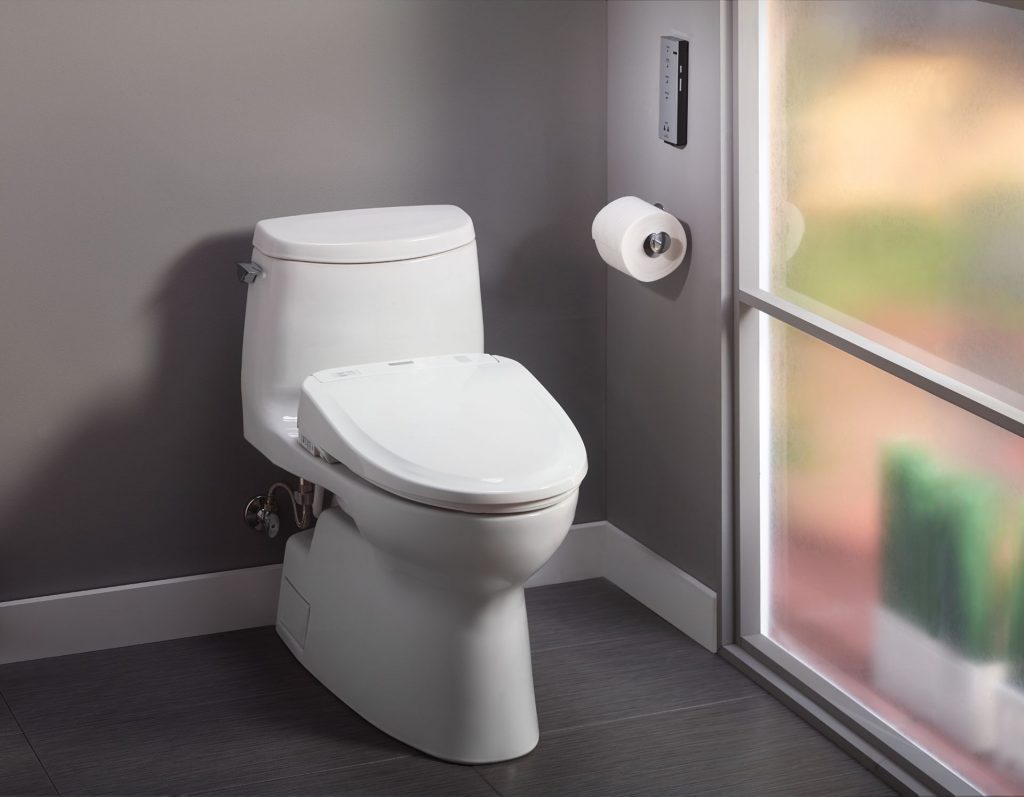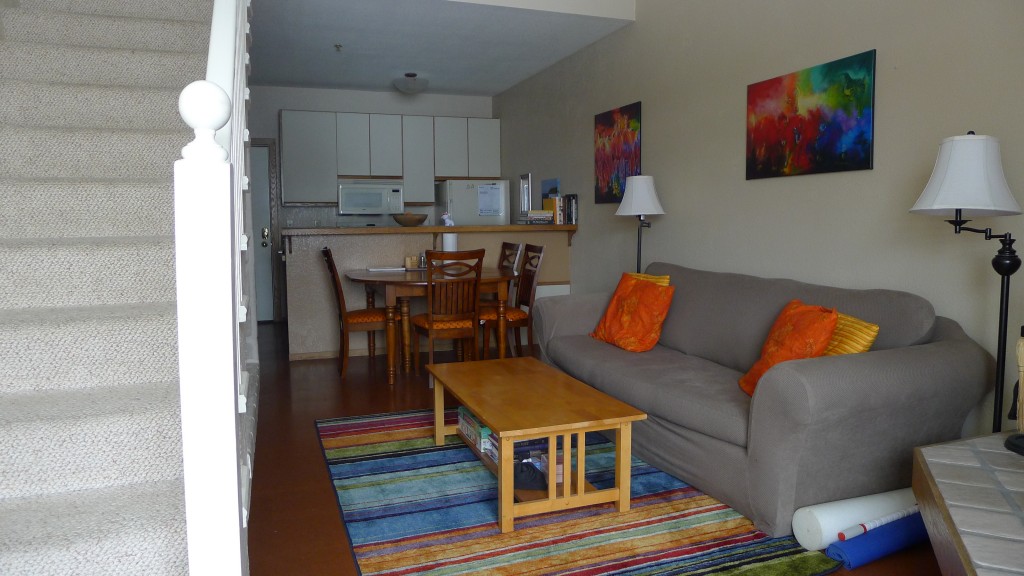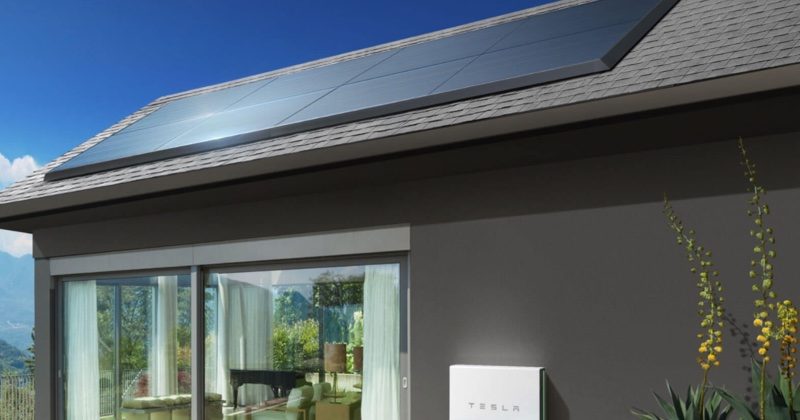
Sunpower and Tesla/Panasonic seem to have the best solar panels with over 300 watts and 20% efficiency. Next gen solar panels may reach 45% and even greater efficiency still after those go to market (w/ in next 5-10 years?).
The problem for us is still breakeven. We're low in our electric consumption, about 250kWh per month on average. We're usually under 300kWh and sometimes even under 200kWh during the summer. That usage comes out to be $500 a year on electrical (even with PG&E raising prices/price gouging after the San Bruno pipeline explosion) .
$500 a year on electrical with a 7 year breakeven point means the cost of the solar system that makes sense would have to be $3,500 total. Even extended to a 10 year breakeven, we're looking at $5,000. The cost of a 2kW system is roughly $9,600 ($7,000 after incentives). For 2.5kW it would cost $11,500 ($8,000 after incentives). So, we are getting closer on price but we're probably still a good 10 years away because the cost isn't just in the solar panels, it's mostly the labor for installation.
Cost of one panel is around $300 – $350. We need about 6-8 of them which is about $3,000. The rest of the material costs are the railings, converters, wiring so another $1,000 or less. This DIY solar system kit is about $4,300, if I was super handy, this kit could be an option.
Anyhow, won't be surprised if we start seeing 500kWh panels at 40-50% efficiency which means all we'll need are four panels to power up the house and that'll probably happen within the next 5 years. It could even be 1000kWh panels and all we'll need are two panels. That would aesthetically (to our roof line) be pretty nice.
In any case, we're still a no go for solar panels because our breakeven just isn't there– enough so that Tesla/Solar City and others won't even bother to come out. But I have a feeling a 500kWh panel w/ 45% efficiency at $200 a panel isn't too far away. Then we'll be at $3,500 for a fully installed system sooner than later, *if* we can find someone to do the install.
